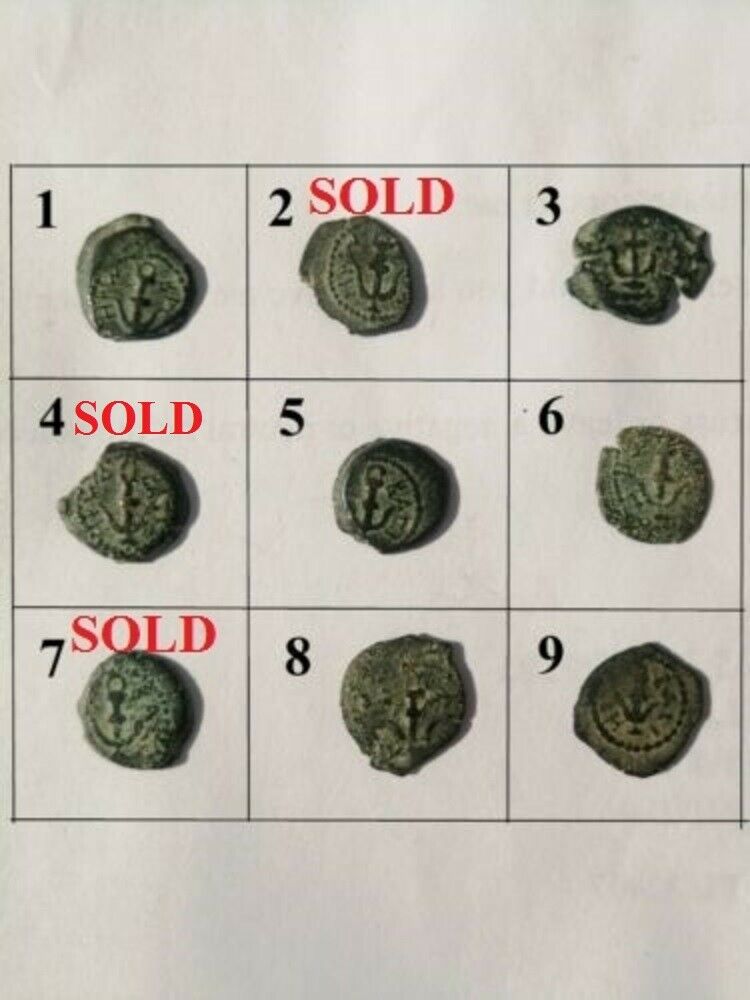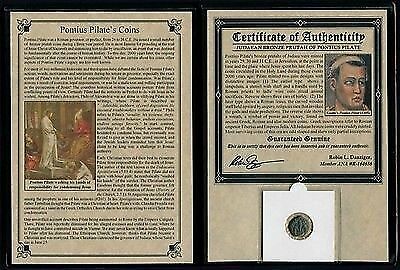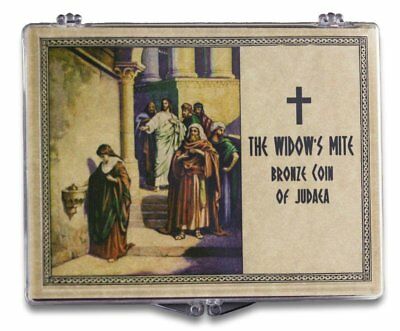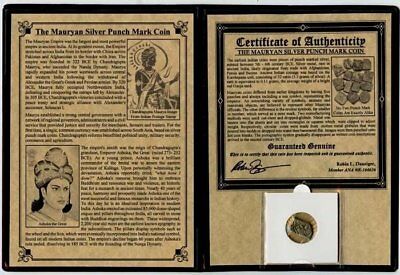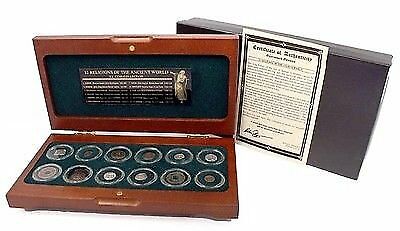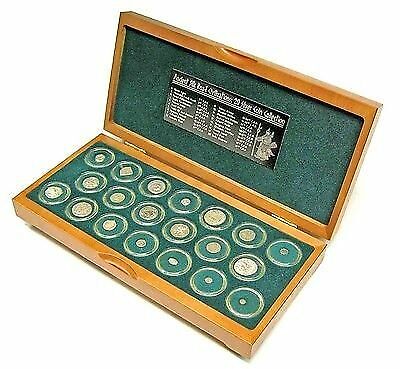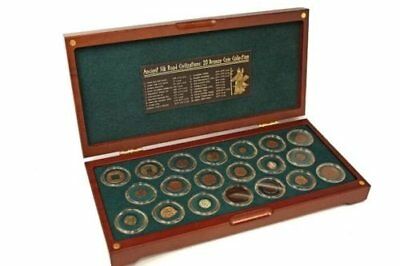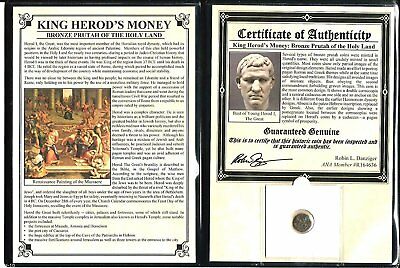-40%
Herod I The Great Ancient Judea Authentic Bronze Prutah Anchor Old Coin 40-4 BCE
$ 42.18
- Description
- Size Guide
Description
Herod I The Great Ancient Judea Authentic Bronze Prutah Anchor Old Coin 40-4 BCEFree Worldwide Shipping
Provided with certificate of authenticity.
Item description:
Herodian Kingdom of Judea:
Herod I The Great AE Prutah. Jerusalem Mint 40-4 BCE.
Obverse:
BACI HPW, anchor.
Reverse:
Double Cornucopiae with caduceus between and dots above.
SELEUCID ANCHOR
A common symbol of the Seleucid Empire was an anchor. Unusual because the Empire was not really known for its naval strength, there a few theories for why the anchor was used, each involving Seleukos I, the founder of the dynasty: (1) Seleukos was born with an anchor shaped birthmark on his thigh; (2) He was fathered by Apollo who had given his mother, Laodice, a rig with a stone engraved with an anchor; (3) Seleukos tripped on a tone on his way to Babylon. His friend, Ptolemy, convinced him it was a symbol of safety; and (4) Seleukos had served as an Admiral in Ptolemy’s naval and the anchor later became a symbol of the strength of his empire.
The cornucopia
(from Latin cornu copiae) or horn of plenty is a symbol of abundance and nourishment, commonly a large horn-shaped container overflowing with produce, flowers, nuts, other edibles, or wealth in some form. The cornucopia was associated with many of the Greek and Roman deities and was associated with harvest, fertility, prosperity, or spiritual abundance. The cornucopia was also a very common symbol (often in a crossed form with two cornucopiae) used on Nabataean, Hasmonean, and Herodean coins of the period from the second century BC into the first century AD.
Professional Numismatic Notes:
A well-struck and attractive example!
Handling time:
Up to 5 business days.
